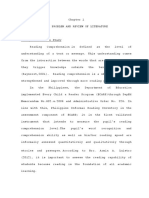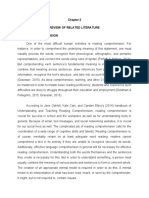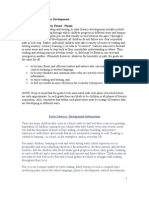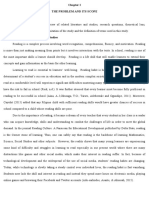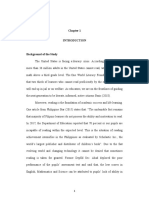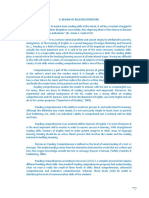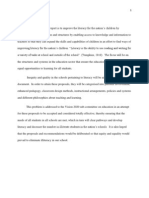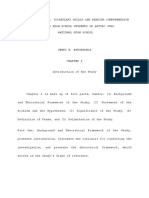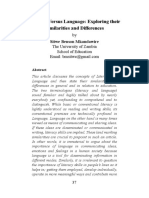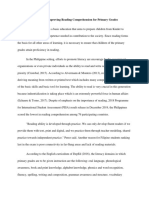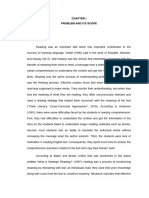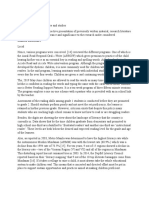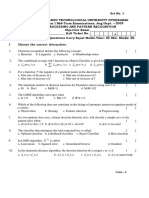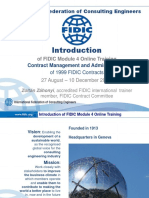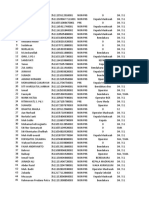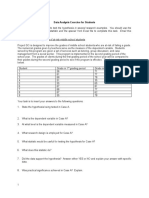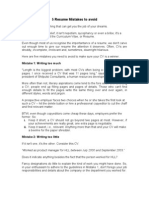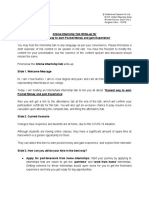0% found this document useful (0 votes)
326 views16 pagesChapter 2
This document reviews literature related to reading comprehension and academic performance. It discusses several studies that have looked at factors influencing literacy and performance. Key topics covered include definitions of literacy, domains of literacy such as oral language and phonological awareness, and strategies that can improve reading comprehension. The document also reviews factors that influence academic performance such as learning abilities, family income, and high school GPA.
Uploaded by
alexafuerte935Copyright
© © All Rights Reserved
We take content rights seriously. If you suspect this is your content, claim it here.
Available Formats
Download as DOCX, PDF, TXT or read online on Scribd
0% found this document useful (0 votes)
326 views16 pagesChapter 2
This document reviews literature related to reading comprehension and academic performance. It discusses several studies that have looked at factors influencing literacy and performance. Key topics covered include definitions of literacy, domains of literacy such as oral language and phonological awareness, and strategies that can improve reading comprehension. The document also reviews factors that influence academic performance such as learning abilities, family income, and high school GPA.
Uploaded by
alexafuerte935Copyright
© © All Rights Reserved
We take content rights seriously. If you suspect this is your content, claim it here.
Available Formats
Download as DOCX, PDF, TXT or read online on Scribd
/ 16


